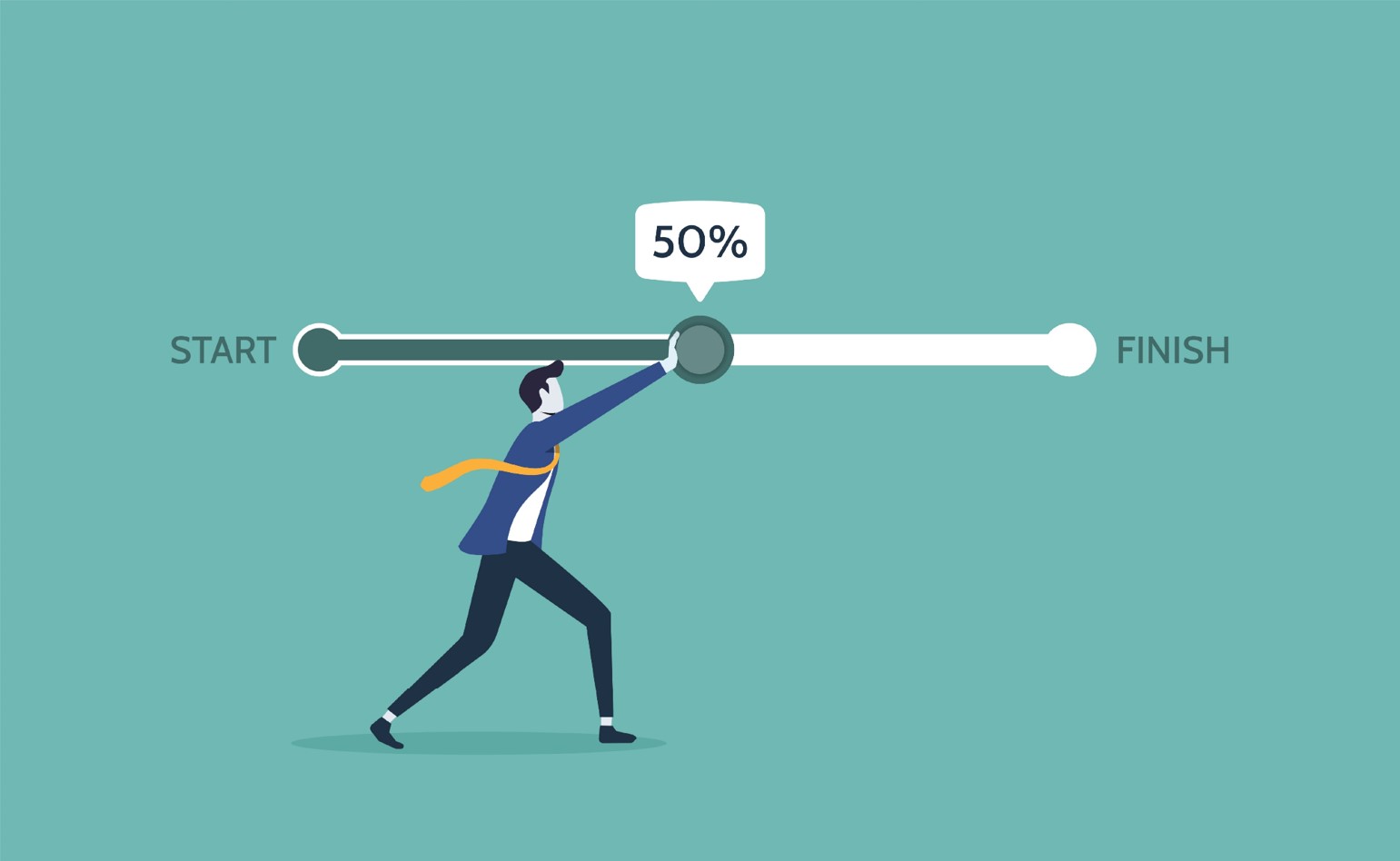
Better Performance Improvement Plans: Turning Accountability into Growth
Our organizational culture assessment research found that Performance Improvement Plans (PIPs) are often misunderstood and misused. Too frequently, they’re viewed as a precursor to termination rather than a tool for alignment and growth. But when designed and implemented correctly, better performance improvement plans can be one of the most powerful mechanisms for building capability, supporting a high performance culture, increasing accountability, and building trust within an organization.
The Problem with Traditional Performance Improvement Plans
In many companies, performance improvement plans are reactive and punitive. They are rolled out only after performance or behavioral problems have persisted for too long — often when relationships are strained and motivation is low. As a result, employees see the plan as a final warning instead of an opportunity to succeed.
The ineffectiveness of this approach is backed by research:
The Risks of Ineffective Performance Improvement Plans
We know from new manager training that when designed or implemented incorrectly, weak Performance Improvement Plans:
What Better Performance Improvement Plans Look Like
The goal of any performance feedback should be to help employees succeed, not to document their failure. Performance management research from Harvard Business Review shows that when employees feel supported rather than threatened during performance challenges, they are 70% more likely to improve and remain engaged.
A well-designed performance improvement plan clarifies expectations, identifies specific gaps, and provides the support employees need to improve. It should be seen as a partnership between manager and employee — built on mutual accountability and a shared commitment to better outcomes.
Better PIPs include three key components:
Define the specific performance issues, why they matter, and what success looks like. Vague feedback such as “improve communication” is unhelpful. Instead, describe observable behaviors: “Provide weekly project updates to key stakeholders.”
— Concrete performance deficiencies and areas of concern that matter most.
— Desired performance improvement in typically 30-, 60-, and 90-day milestones.
— Individual development plans to close skill, knowledge, productivity, and attitude gaps.
— Consequences for failing to improve (e.g., termination, demotion, or other disciplinary actions.)
The Role of Managers
We know from people manager assessment center data that managers play a pivotal role in the success of any performance improvement effort. Their responsibility is not only to monitor results but also to remove barriers, provide encouragement, and hold meaningful conversations about progress. The best managers approach these situations with empathy and rigor — thoughtfully balancing accountability with support.
When employees fall short, effective leaders resist the urge to jump straight to discipline. Instead, they dig deeper: Is the issue due to lack of skill, motivation, clarity, or resources? Once the root cause is identified, targeted coaching and support can follow.
Building a Culture of Constructive Accountability
When done right, performance improvement plans reinforce a culture of constructive accountability — where underperformance is addressed directly but respectfully, and improvement is seen as both expected and achievable. This mindset not only helps struggling employees but also signals to high performers that fairness, development, and results truly matter.
The Bottom Line
Better performance improvement plans are not about punishment — they are about partnership. By focusing on clarity, collaboration, and continuous feedback, leaders can turn performance challenges into opportunities for growth. When employees feel supported and accountable, performance improves, engagement rises, and the entire organization benefits..
To learn more about managing employee performance, download The Science Behind Performance Expectations for Leaders to Know

Tristam Brown is an executive business consultant and organizational development expert with more than three decades of experience helping organizations accelerate performance, build high-impact teams, and turn strategy into execution. As CEO of LSA Global, he works with leaders to get and stay aligned™ through research-backed strategy, culture, and talent solutions that produce measurable, business-critical results. See full bio.
Explore real world results for clients like you striving to create higher performance